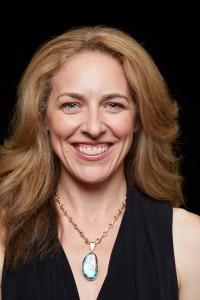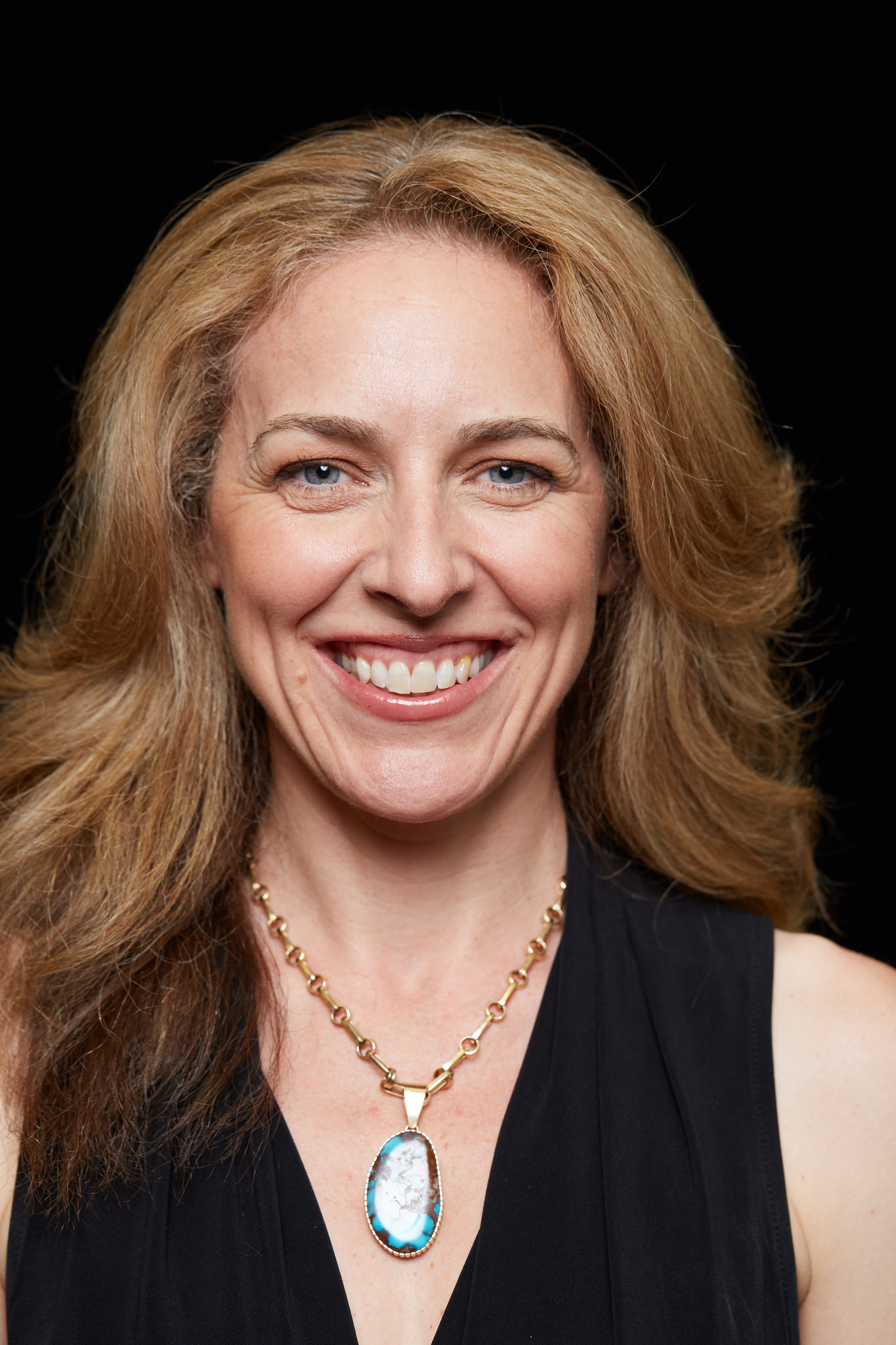 Next in our #DocTom10 series, which started here.
Next in our #DocTom10 series, which started here.
This is a blessing – the first post here in two years by Susannah Fox. More about this at the end of the post – for now, let’s get to the good stuff. She originally posted this as a comment on Friday’s post by John Grohol.
Thank you, John, for sharing those memories of Tom. I am envious of your email hoard! I wish I had access to my correspondence with Tom.
I’d like to share my personal reflection of Tom’s legacy and what we can learn from him, still. This was a comment I wrote on my personal blog, in response to someone who asked, with understandable frustration, why Tom’s ideas from the 1970s, 80s, and 90s are still not mainstream:
Tom’s vision has not yet been fully realized. But it does continue to emerge.
You can catch glimpses of it, in pockets of the country, such as when OpenNotes was rolled out and, “after 12 months, 99% of patients wanted to continue to have access to their notes online and none of the doctors decided to stop the practice.” (BMJ, 2015)
If I had time, I would write another post like, “Peer-to-peer Healthcare: Crazy. Crazy. Crazy. Obvious.”
Or I’d evaluate how many of Tom’s predictions had come true.
But I’ll share some advice I recently received. Someone said to me: Your career has been a mix of analyzing things and building things. Resist analyzing. Build.
I’ll also share this memory of Tom. When he was quite ill — “bald as a cue ball” from chemo, as he put it — he came to DC for a visit. I don’t remember the details, but there had been some setback in the e-patient movement, some cutting remark by a prominent doubter, some news article that had got it all wrong.
I asked him how he was able to maintain his sunny optimism. He was smiling, even as he was a decade into cancer treatment and four decades into the fight for patient empowerment. I believe that some of his optimism might be genetic — a pioneer, entrepreneurial spirit — but his answer took no personal credit. He talked about his Zen practice, his focus on gratitude and to “be here now.” To be in the moment, at all times, is to exist in possibility.
My interpretation is that “be here now” contains the possibility that your reality — of finding a hospital that welcomes empowered patients, for example, as Tom did — is one that can animate the world.
Around the same time, I had lunch with Jim Clay, the director of the preschool my children attended, School for Friends. It is a school that not only embraces diversity, but welcomes every aspect of a new family or challenging situation as an opportunity for everyone to learn, to deepen their understanding of their role in the community.
In my food-allergy (FA) support group, I’ve read many stories of schools which exclude FA kids — either by not admitting them, by outright telling parents that they cannot guarantee an FA child’s safety, or by refusing to accommodate a family’s requests for safety measures. Jim took the opposite tack. As soon as he found out that my son had FA, he called a meeting of all the teachers and we conducted in-depth training on not only the safety issues, but the social issues of FA. He then publicized the new policies to all parents, letting it be known that FA was something we as a school community would embrace.
Most parents followed the new rules without complaint. A handful did not. They complained. They asked why they couldn’t bring XYZ food. Jim was unswerving, as were the teachers. And I felt their embrace. I tasted what it would be like to live in a world where differences were celebrated. I now had a mental model for a school environment that was truly safe, that truly had my child’s — every child’s — best interests at heart. It strengthened my resolve when I later encountered school administrators and teachers who did not know how to create such an environment. I could tell them what it looked like, how we could achieve it, because I had seen it, not just in my minds-eye, but in practice, under Jim’s leadership.
Over lunch that long-ago day, I asked Jim how he maintained his optimism, his resolve to create a school environment that was a reflection of his vision for a better world. We had been talking about parents who were resisting the FA policies, but they were just that week’s examples of people who railed against some policy or change. After 20 years, Jim had seen it all, or so it seemed to me. His answer sticks with me to this day: You just have to keep shining a light on the path. Everyone comes to it eventually.
That, to me, is at the heart of what we’re talking about when we talk about the possible future of health and health care. Tom was shining a light on the path. He was living his vision for what we now are calling patient-centered care. He was unswerving in his demand for it — he had the mental model and would not put up with anything less, but gently, with a smile.
There’s a leap of faith in all of this, I think. Both Tom and Jim set their eyes on a point on the horizon and steer toward it, like it’s the only way to go. Because to them, it is the only way. And that’s what I carry with me — that assurance, that mental model of what could be, that confidence that everyone will come to the path. Eventually.
– end of comment –
May it be so. And may Tom’s memory be a blessing to us all.
In her years at the Pew Internet & American Life Project Susannah wrote the book, in all senses except literally, on what people actually do about health and care on the internet, and those truths altered the global conversation about e-patients.
Her most quoted findings live on at bit.ly/pewhealthtips [since moved to SusannahFox.com/research]. She worked closely with Tom Ferguson at Pew, which today informs her work as Chief Technology Officer at the US Department of Health and Human Services.







This retrospective month is thrilling me, because it’s the first occasion we’ve had to look back at what he was saying and see how much of what he said has borne fruit. THAT is the definition of a visionary, to me – someone who sees what the current changes will enable, not just theoretically but in a way that does come true.
A superb example (which we’ll get to in reviewing the White Paper’s chapters) is Dr. Joyce Lee’s article in JAMA about the #nightScout / #WeAreNotWaiting / #DIYPS / #OpenAPS movement, which she just blogged on Medium:
Patient as Expert
Patient as Maker
Patient as Collaborator
It sounds exactly like one of Pew’s category sets in the White Paper. As I say, we’ll be getting to that in our upcoming chapter reviews.
Wonderful and powerful, Susannah. Thank you!
And, John, thank you for invoking (in English), two very powerful and ancient Hebrew blessings: Ken y’hi ra’tzon (May it be His will) and, for those who have died, Zichrono l’ivracha (May his memory be a blessing). Nice reinforcement for those of us who believe that the participatory medicine fight has a Higher Purpose. (For you atheists, think of it as a Moral Purpose) and we’ll all be fine.
MM
Hello Michael!
Thanks so much for the note. That closing was my own, echoing my own faith experience and study — thanks for noticing it. An Easter egg for my Jewish readers, if you will :)
Susannah
I have come to the participatory medicine late in my career…but not too late. Storytelling is a power force in keeping memories alive, thanks for sharing this story.
Unfortunately the Pew Research Center has removed the Health Fact Sheet (the bit.ly that Dave added at the bottom of the post) but I captured the data points here:
http://susannahfox.com/research/
Thank you – for capturing those links and for letting us know!
I’ve updated the post with the new link. Great job on the new page, btw! I continue to need these links, year after year. Using them this week in Australia, even.